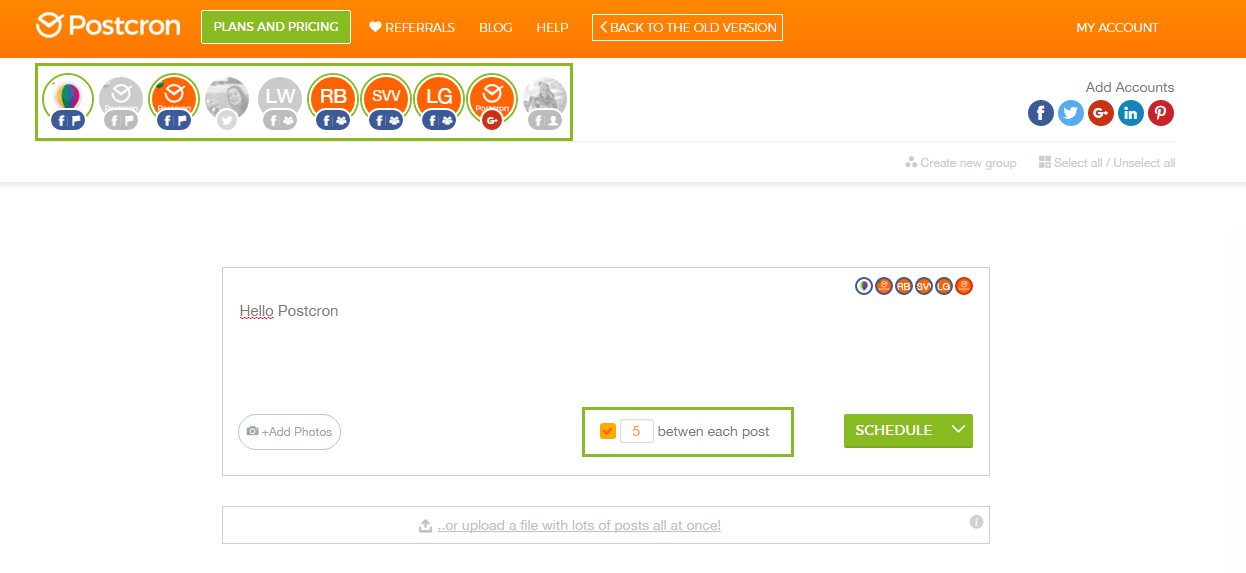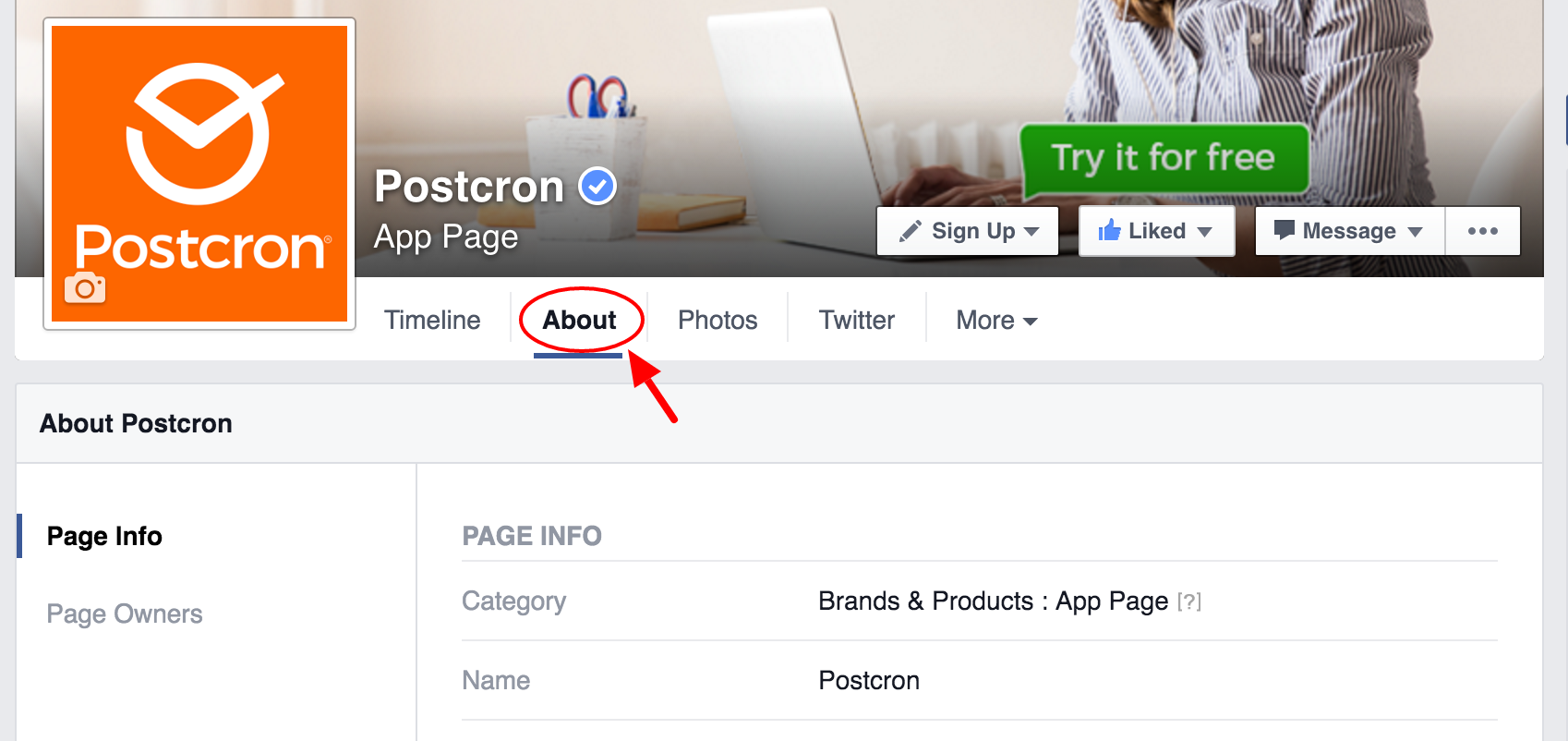How To Generate Leads Through Social Media

When most marketers think of social media they immediately associate it with brand building, and not sales. After all, no one really buys products because of a Tweet, right?
Wrong.
The truth is that social media is much more than just a way to grow your brand and connect with your current customers. When done correctly, you can actually use sites like Facebook, Twitter, LinkedIn and Instagram to generate real leads for your business. And the cherry on top is that social media lead generation is cost effective, and produces results:
- Social media marketing has reduced costs for 45% of businesses.
- Revenue increased for 24% of businesses when they utilized social media for lead generation.
The question is: How do you take your social media marketing campaigns from a customer service and branding tool, and turn them into lead generating machines?
Connecting Social Media & Lead Generation
Let’s start with the basics. Lead generation is all about bringing people into your sales funnel. It’s not the same thing as selling. Think of lead generation as gathering intelligence on your customers. You’re getting to know:
- What your target audience is interested in
- Which products you could potentially sell to them
- What their pain points are
- How you can eventually turn them into paying customers
A long time ago, lead generation consisted of things like sending out surveys in the mail, or having you fill out a form in the back of a magazine. But the Internet has completely changed the way businesses get leads—for the better.
Today, it’s all about gated content, video marketing, email opt-ins and paid ad campaigns that are aimed at getting potential customers into your sales funnel. Since it’s all done online, it’s quicker, easier to track and the possibilities for the data you can collect for each lead is amazing. The most popular piece of information to gather from leads is an email address. Some marketers also like to get a name.
Here’s how social media sites come into play. Social media makes the process even easier because of all of the information that people readily share, and also because of the sheer number of users on sites like Facebook and Twitter. We’re living in a time when 40% of people spend more time socializing on social media than face to face. So needless to say, social media makes for the perfect place to find your target audience and turn them into new sales leads.
Pick the Right Channel
One of the worst mistakes you can make right from the start is trying to get leads from the wrong social media channel. This step is all about knowing your customers. With over one billion users, it’s easy to assume that Facebook is the go-to choice. But that’s not always the case.
For B2B marketers, 44% have generated leads through LinkedIn, while 39% have done it through Facebook. Twitter comes in third with 30%.
Not sure which site your target demographic is on? Check out this post and infographic which breaks down the user bases of all of the top social media sites.
The techniques you use to generate leads is going to partially depend on which social media site you’re focusing on. Here’s some ideas to get you started.
Generating Leads With Facebook
Generating a significant amount of leads through Facebook is usually going to mean running paid ads at some point. The changes to Facebook’s algorithm have made it increasingly difficult to get organic reach. The bright side is that Facebook Ads can be budget-friendly, especially when compared to other networks like AdWords. The average cost per click (CPC) for Facebook Ads versus Adwords is:
- Facebook: $.80
- AdWords: $2.50
But whether you’re running paid ads or just trying to turn existing fans into leads, here are some tips that can help.
1. Contests
Contests have been huge hits on Facebook for years. The upside is that they draw a lot of attention. The downside is that the leads you get aren’t always the most qualified because you’ll have a lot of freebie seekers. But nonetheless, it’s a good way to gather emails. Shortstack is a great tool to help you setup Facebook contests and collect your leads because it integrates with most major email marketing tools like AWeber and MailChimp.
2. Create a Custom Tab
Facebook lets you setup custom tabs on your Page, making it a great spot for contact forms. There’s different apps you can use to set these up like Pagemodo and Static HTML. These forms are the perfect way to capture leads on Facebook without having to send fans to an external site. In order to get more eyes on these tabs, make sure you link to them in your posts or when you’re running paid ads.
3. Treat Your Page Like a Website
Stop looking at your Facebook Page as just a way to get Likes. Shifting your Page to a lead generation tool will impact the type of content you post, what kind of ads you run and even the tabs that you set up.
Gold’s Gym is the perfect example of a company whose Facebook Page is built for generating leads. Everything from the “Find your gym” tab to the “Sign Up” call-to-action shows that its Page has a purpose beyond just branding.

Generating Leads With Twitter
Using Twitter to generate leads is still kind of a new thing. Before Twitter Cards hit the scene, a lot of businesses had no idea how to even get started with getting or tracking leads through Twitter. But these days, you’ve probably started to notice that Promoted Tweets (ads) are being given a little more priority in your stream. If you want to use Twitter for more than just growing your audience, follow these tips to get leads.

1. Use Twitter Cards
In 2013, Twitter released its new Lead Generation Twitter Card, like the one in the picture above. In one of the most infamous case studies of the new feature, the outdoor clothing company Rock/Creek got over 1,700 new email leads in less than a week. And you can see another case study from the first B2B company to use the lead generation cards, Webtrends.
Here are some tips for using Twitter Lead Generation Cards:
- Use an eye-catching image
- Statistics help
- Make your copy very appealing—you only have 140 characters
2. Track Brand Mentions
Are you listening to what people are saying about your company on Twitter? If not, you could be missing out on easy leads. In some cases, you could even be losing out on making sales. That’s why it’s crucial to have some sort of social media monitoring tool setup that lets you track the conversation and never lose out on a missed opportunity.
Some examples of what you can track are:
- Mentions of your company name
- Common misspellings
- Industry related keywords
- Mentions of your competitors
3. Create Events
Twitter chats, Ask Me Anything (AMA) and other time-sensitive events on Twitter are useful for generating leads in a creative way. The key is to make sure that you have some sort of call-to-action for each campaign. For instance, Blog Elevated is a community for bloggers, centered around an annual Blog Elevated event. It uses weekly Twitter chats every Tuesday which achieve two things:
- Spark great conversation for bloggers about relevant topics and challenges they face
- Introduces people to the brand’s event (a.k.a Lead Generation)
By hosting an event on Twitter that’s related to your industry, but not directly about your company, you’re offering free value. In turn, people will naturally want to know more about the company hosting the event, which can translate into new leads for you.
Generating Leads With LinkedIn
LinkedIn is the the top social media site for B2B leads. Since it’s catered toward professionals and networking, it’s a natural lead generation tool. But that doesn’t mean that you can (or should) just go into it blindly without any rhyme or reason.
1. Offer a Free Sample
This is a very powerful technique that can result in highly qualified leads. LinkedIn Premium gives businesses the opportunity to find qualified leads based on job role and other criteria, then contact them directly with InMail. What’s so great for B2B companies is that it lets you get past the gate keepers and go directly to the decision makers.
2. Combine LinkedIn & Inbound Marketing With LinkedIn Publishing
Inbound marketing is insanely effective. Running ads and making sales calls can still work, but the numbers show that inbound marketing is where it’s at. In fact, inbound marketing drives 54% more leads into your marketing funnel than traditional outbound tactics.
One of the techniques that falls under the inbound umbrella is content marketing. LinkedIn’s rapidly growing Publishing platform is the perfect place to:
- Show your expertise as a thought leader
- Offer valuable information about your industry that professionals will see
- Gain some leads in the process
LinkedIn doesn’t exactly make this feature very visible on the site, but here’s a quick link to add a new post. And check out this case study on 30 days of publishing on LinkedIn.
3. Get on SlideShare
LinkedIn acquiring SlideShare is probably one of the best things that could’ve happened for marketers. SlideShare is a content sharing platform focused around slide decks, and they get a lot of traffic. After buying SlideShare, LinkedIn integrated it into the site so your accounts can be connected. Here’s how you can use it to gain leads:
Focus on creating slide decks that are highly relevant to your target audience. Make sure that your SlideShare and LinkedIn accounts are connected so that your presentations are visible on your LinkedIn Profile or Company Page. Most importantly, have some sort of call-to-action either inside your presentation or at the end.
Here’s a look at how getting your presentation featured on the home page can help your traffic.

How to Generate Leads on Instagram
Instagram is still in the early stages in terms of its options for marketers. It doesn’t directly cater to marketers and advertisers like Facebook, Twitter, LinkedIn or, more recently, Pinterest. But that doesn’t mean that you can’t use it to generate leads.
1. Don’t Ignore the Comments
Instagram isn’t only about vanity. Getting tons of likes on a photo is cool, but if you’re not keeping up with the comments people are leaving, then you’re missing out. Instagram isn’t exactly known for deep conversations, but taking the time to respond to the people that are engaging with your photos shows that you care, which in turn makes people more likely to buy from you.

2. Use video
Don’t forget that Instagram allows you upload short video clips. This allows for some really interesting marketing tactics. Quest Nutrition has pretty much mastered using Instagram videos to generate leads. In this post, the brand made a video promoting its banana cream protein powder. This works for a couple of reasons:
- The video is creative and entertaining
- It tells you how to buy the product
Even though you can’t post clickable links in your captions, that doesn’t mean you can’t include a URL. As a bonus tip, use a unique URL that can be tracked, so you can monitor your ROI.

3. Create Unique #Hashtags
How often has this happened to you? You’re browsing Instagram and notice that a certain hashtag keeps popping up. You’re not 100% sure what it’s about, but a lot of the people you follow are using it. So you look into it and find out that the hashtag has to do with a certain brand.
That process is how a lot of people find out about new companies. It’s almost like the new word of mouth advertising, but through social media. People “in the know” start using the hashtag, then it just keeps building and spreading. Your job is to come up with a hashtag that’s not directly about your company, but can be tracked back to you.
Notice in the Quest photo above, the company uses the hashtag #LoveProtein. If you do a search for that hashtag on Instagram, you’ll see a bunch of results with Quest products in them. Can’t you just smell all of those new leads?

Social Media Isn’t Just About Branding Anymore
Start changing the way your business uses social media today. Stop thinking of Twitter, Facebook, Instagram and LinkedIn as just tools for branding, and get more value by using them to generate leads.
How are you using social media lead generation? Let us know in the comments.




















